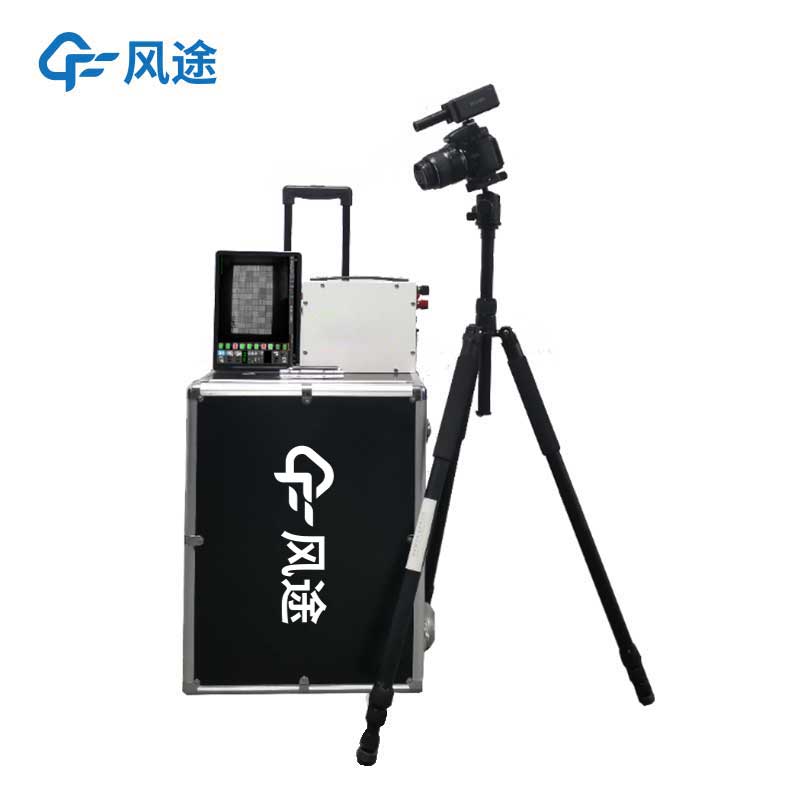Meteorological environment monitoring equipment supplier
Insist on doing high-precision customer favorite technology products
The working principle of the EL detector is as follows: A forward current of 1-40mA is passed through the solar cell, utilizing the reverse process of the photovoltaic effect to make it electroluminesce, that is, to emit light when electrified. Then, an imaging system is used to send the signal to computer software, and after processing, the EL image of the solar cell will be displayed on the screen. The brightness of the electroluminescence of the solar cell is proportional to the electron diffusion length and also proportional to the current density. By analyzing the EL image, it is possible to effectively detect whether there are phenomena such as hidden cracks and broken pieces in the photovoltaic modules.
Fengtu has launched the EL detector to meet the on-site EL testing needs of power stations. This device is portable and easy to install, capable of testing under complex field conditions, and quickly diagnosing EL defects in photovoltaic modules. Internal defects of photovoltaic cells are highly detrimental, affecting the lifespan and power generation efficiency of the panels, and can even cause fires, leading to economic losses for the owners. This device provides a basis for the installation, operation and maintenance, and quality assessment of photovoltaic power stations.
EL testing procedures are as follows:
Inspectors and methods EL testing is carried out by relevant personnel of the acceptance executing body, such as the owner or the testing agency commissioned by the owner, using a random sampling method.
Sampling preparation The owner develops a reasonable sampling plan based on the arrival progress. For the batch of arrived components, sampling can be carried out and the sampled components can be placed together. At the same time, the owner needs to keep traceability records of the sampled components and the batch of arrival for subsequent phased testing. The sampling quantity is determined by the owner, and the reference standard is: for 20MW (inclusive) and below, the sampling ratio is not less than 0.8%; for 20-50MW, the sampling ratio is not less than 0.5%; for above 50MW, the sampling ratio is not less than 0.3%.
Testing equipment and content The EL detector is used for testing, and the main content of the test is to determine whether there are hidden cracks in the components.
Acceptance criteria Components meet the following EL acceptance criteria: for the components that are sampled, if the number of components that fail the EL test does not exceed N (N is the number of acceptable components stipulated in the national standard GB/T 2828.1 AQL2.5), then the batch is considered acceptable. If more than N components fail, an additional number of components equal to the original sample size should be tested again. If there are still more than N components that fail after the retest, then the batch of components will be judged as unacceptable.
